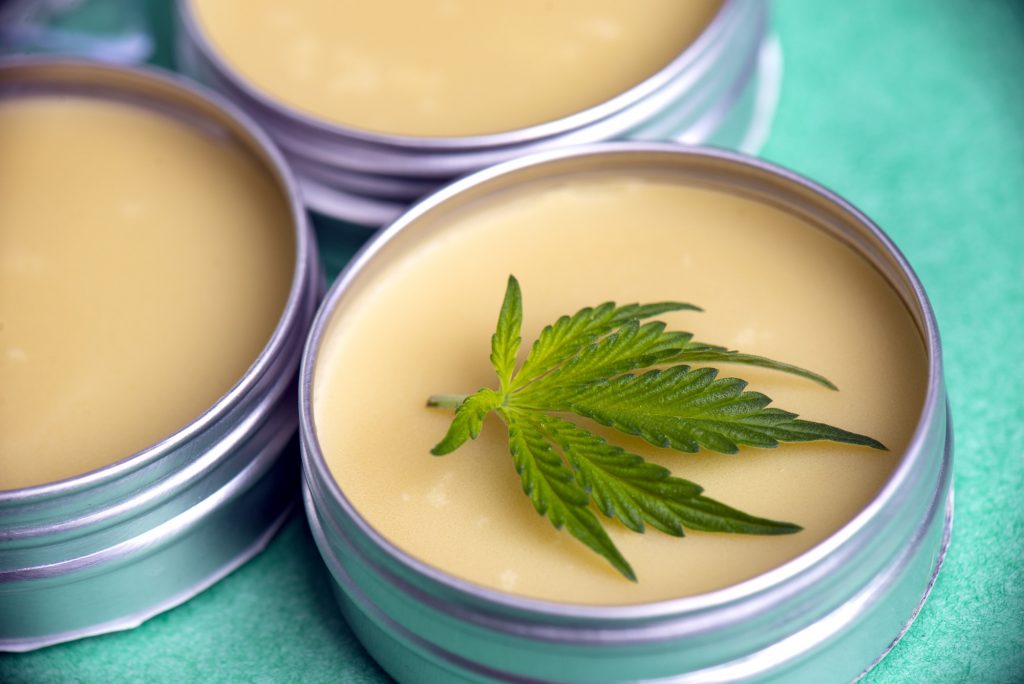How Does Topical Pain Relief Work?
Did you recently feel neck pain? Or are you looking for ways to reduce the pain in your back?
Interestingly, close to 65 million Americans say they experienced back pain. Moreover, eight percent of American adults have regular bouts with chronic back pain.
Back pain or any other pain in the body can be a result of many things. It can be a simple case of a strained muscle or a symptom of an underlying medical condition.
Regardless of the reason, some products provide relief. One of the most popular ones is a topical pain relief product.
If it is your first time feeling back pain, neck pain, or arthritis pain, you may wonder if these topical products do work. Continue reading below as we discuss how these products work and why you should give them a try.
How Topical Pain Relief Works
How does topical pain relief work? To get a better appreciation of the answer, let us first define what it is. It is a type of relief that comes from topical pain medications. These medications prevent your body from sending pain signals to your brain.
The prostaglandins are the hormones that deliver the pain signals. These are also the ones that send the pain signals and cause inflammation in the affected area. Thus, topical medications block the effects of these hormones to help relieve pain.
Once you apply the medication over your skin, transdermal drug delivery takes place. This is in contrast to the oral route. With oral medication, you will have to take a pill or capsule and wait for the effects to kick in.
Generally, you will find most of these topical medications in the pharmacy. Most of them fall under the over-the-counter (OTC) category.
They also come in different forms. Some are gels and creams while others are sprays and patches. Regardless of their form, they come with certain medical ingredients.
Menthol for Topical Pain Relief
Let us now move to the different kinds of active ingredients that may come with topical medications. Menthol is arguably the most popular in the bunch. People easily remember menthol for its cooling effects.
This effect creates a soothing diversion from the pain you’re feeling. However, it doesn’t shut down the neurons that signal the pain. Nevertheless, menthol-based topical solutions sometimes outlast the pain.
Furthermore, menthol will not change your skin’s temperature. The cooling is only a result of the menthol attaching to certain receptors.
The NSAIDs
Next, there are non-steroidal anti-inflammatory drugs or NSAIDs. As the name implies, they are not steroids. However, they do a remarkable job of relieving pain coming from acute musculoskeletal injuries.
Examples of these include strains and sprains from sports injuries. Pain from osteoarthritis of the hands and knees also falls in this category.
Unlike menthol-based pain relief products, NSAIDs come in topical and pill forms. When it comes to efficacy, both forms yield pain relief. However, oral NSAIDs tend to be more effective than topical NSAIDs.
Also, you need to be careful when using NSAIDs. Large amounts of topical NSAIDs may irritate the gut. This happens when too much enters the blood vessels.
Furthermore, long-term use of NSAIDs, especially in oral form may increase the risk of stroke, heart attacks, and other cardiovascular diseases.
Methyl Salicylate
Another popular active ingredient in several OTC topical pain relief products is methyl salicylate. This is also the same active ingredient that comes with aspirin and its pain-relieving qualities.
Moreover, it comes with a distinct wintergreen scent. A popular example of this is the Bengay ointment. Going deeper into methyl salicylates, they feature salicylic acid as their root compound.
When the skin absorbs the topical, you will experience a good amount of pain relief. Methyl salicylate creams and ointments are good options for painful joints, particularly the elbows, knees, and fingers.
Capsaicin
Meanwhile, capsaicin is an active ingredient that comes from hot chili peppers. Thus, it provides a warm to burning sensation when you apply it to your skin. Because of the heat, people find it to be effective on various joint pains, as well as diabetic nerve pain.
However, the lasting relief may not be instant. You may have to use the product for several days before experiencing pain relief. Additionally, you need to apply it three to four times a day to maximize its benefits.
It is also important to note that some capsaicin products are not OTC. Thus, you can only get them via prescription. If it is your first time using a capsaicin gel, it is best to try it on a small area first.
This way, you can gauge your tolerance for the burning sensation. In case the sensation doesn’t sit well, you can opt for CBD pain relief cream as an alternative.
Advantages of Topical Products
Using topical products on sore muscles and joints comes with different advantages. Firstly, you can target specific painful areas. You only need to apply the topical to the painful area to enjoy localized pain relief.
Also, topical products offer faster reaction times compared to their oral counterparts. Oral pain relievers can take several minutes before you can feel pain relief. Also, they reduce the risk of developing drug tolerance.
Additionally, you can avoid side effects like intestinal irritation.
Safety Tips for Using Topical Products
Though creams and other topical products are relatively safe, there is still a way to use them properly. Firstly, never apply them over irritated or damaged skin.
After application, avoid placing heating pads or hot water bottles over the area. This will only increase the heat, which could burn your skin.
The same thing with applying plastic wraps over the area. This will only increase the heat and absorption of the drug.
Last but not least, don’t apply to your eyes, mouth, nose, and genitals.
Increase Your Knowledge on Pain Management
Now that you know how topical pain relief works, you can start trying out different products to ease your body pains. However, addressing pain doesn’t only involve using topical products.
Check out our other articles and increase your knowledge on pain management. We share different topics that will help improve your health and well-being.


